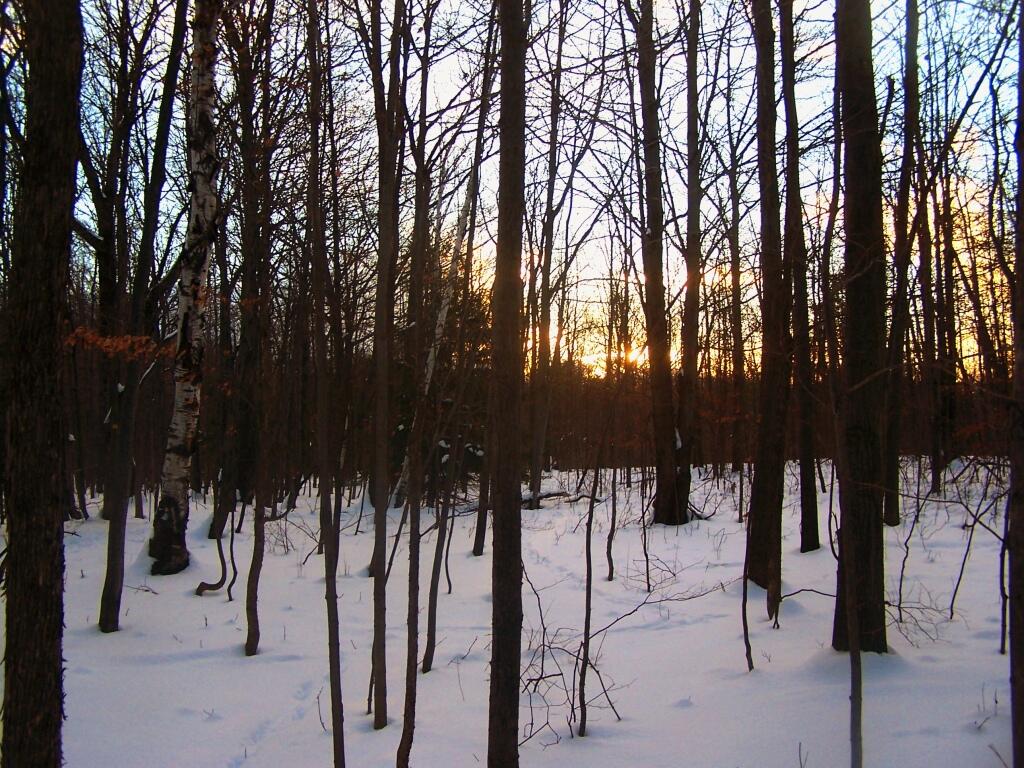Good evening! Monster Pothole at South Swan and Washington Ave has gotten another batch of cold patch. Should take away the fun of watching the buses and cars dodging it until the next time the plows tear it up.
A fairly pleasant evening with some breaks in the clouds showing the colors of dusk. Partly cloudy and 43 degrees in City of Albany. Breezy, 17 mph breeze from the west with gusts up to 29 mph. I’m sure there will be less breeze when I get out of the blustery downtown. The skies will clear Sunday around 4 pm. We had some brief periods of clearing today but for the most part it was pretty cloudy.
Traffic is quite backed up heading out of the city. I’m surprised because lately it’s been good since they adjusted the timing at the stop light. Maybe there is a crash or more likely somebody just pulled over to make a phone call and everybody has to gawk.
Waning Crescent Moon tonight with 5% illuminated. The moon will rise around 5:25 am. Basically call it a new moon. The official New Moon is on Saturday night with mostly cloudy expected. The Full “Snow” Moon is on Saturday, February 11th. The sun will rise at 7:13 am with the first light at 6:43 am, which is 54 seconds earlier then yesterday. Tonight will have 14 hours and 11 minutes of darkness, a decrease of 2 minutes and 12 seconds over last night.
Tonight will have scattered rain and snow showers before midnight, then a slight chance of snow showers after 2am. Mostly cloudy, with a low of 33 degrees at 6am. Again, very mild for January with temperatures a19 degrees above normal. Breezy, with a west wind 11 to 20 mph, with gusts as high as 38 mph. Chance of precipitation is 30%. Little or no snow accumulation expected. In 2016, it got down to 20 degrees under partly cloudy skies. The record low of -23 occurred back in 1994.
Right now, a split verdict on the weekend. Saturday, mostly cloudy, with a high near 38. West wind 10 to 13 mph. Sunday, partly sunny, with a high near 34.Typical average high for the weekend is 31 degrees.
In four weeks on February 23 the sun will be setting at 5:38 pm, which is 36 minutes later then tonight. In 2016 on that day, we had snow and temperatures between 38 and 17 degrees. Typically, you have temperatures between 37 and 19 degrees. The record high of 62 degrees was set back in 1984.
Looking ahead, Ground Hog Day is Next Thursday, Memorial Day Weekend is in 4 months and Start of June is in 18 weeks. It will be here before you know it.
